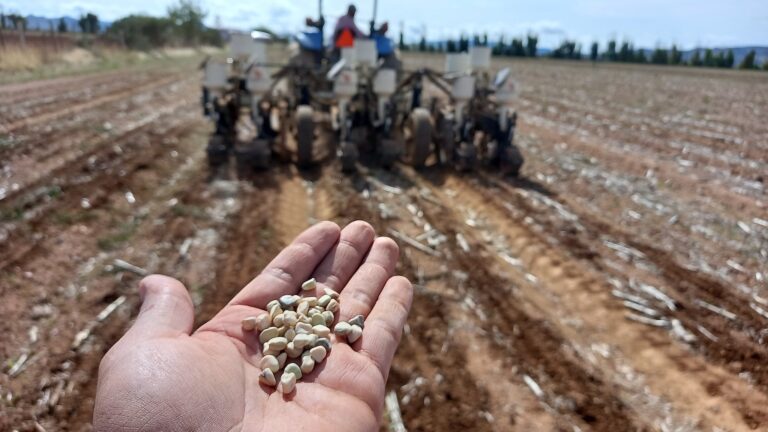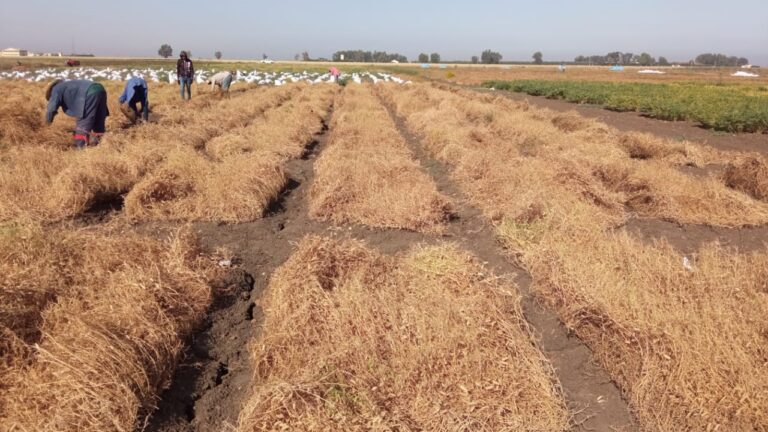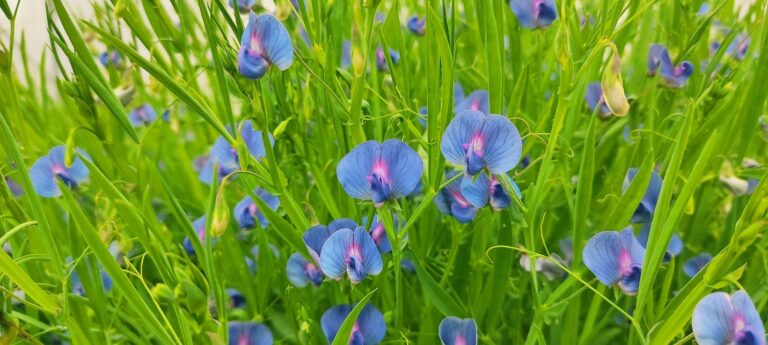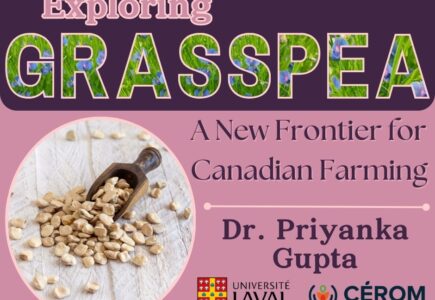By Dr. Priyanka Gupta
In the realm of agricultural innovation, the introduction of a novel crop like grasspea holds the potential to profoundly reshape Canada’s farming landscape, offering a pathway to sustainable feed production and profitable crop cultivation. While Grasspea is commonly used as a food, feed, and fodder crop in Asian and Sub-Saharan African regions, its acceptance in Canada appears to be more inclined towards its utilization as a feed fodder or cover crop. Even though grasspea is not yet being cultivated in Canada, its potential benefits warrant thorough exploration and promotion, particularly due to its climate resilience, nutritional richness, and versatile applications.
Incorporating grasspea into Canadian crop rotation systems offers numerous advantages, including soil enrichment, pest and disease management, and promotion of biodiversity. By diversifying cropping systems with grasspea, farmers can enhance soil health, reduce input costs, and bolster overall farm resilience. Furthermore, grasspea’s nitrogen-fixing ability diminishes the reliance on synthetic fertilizers, fostering environmentally friendly farming practices and mitigating greenhouse gas emissions. While not presently commercially available in Canada, grasspea offers another nitrogen fixing crop that can assist in increasing the variability of crop rotations.
Originating from the Fertile Crescent, grasspea, scientifically known as Lathyrus sativus L., is renowned for its nutritional richness and adaptability to challenging environments. However, historical concerns surrounding the neurotoxin ODAP have hindered its widespread acceptance. Over a century ago, prolonged consumption of grasspea could lead to neurolathyrism, resulting in irreversible paralysis of the lower limbs. However, recent advancements in breeding and genomics have addressed these toxicity concerns by developing low-ODAP genotypes, reigniting interest in grasspea cultivation.
Research endeavours have gained momentum globally, with esteemed institutions such as ICARDA (International Center for Agricultural Research in the Dry Areas) and organizations like the Crop Trust, providing funding for various projects such as UPGRADE, Templeton Pre-Breeding, and BOLD. Collaborating with renowned institutions like the UK’s John Innes Centre (JIC), James Hutton Institute, and the Norwich Institute for Sustainable Development, they spearhead innovation in grasspea breeding, genomics, and genome editing to address concerns related to ODAP biosynthesis. Furthermore, Grasspea.net, a dedicated website and @grasspeanet social media presence on X (formerly Twitter) supported by diverse stakeholders, serves as a crucial platform for knowledge exchange and collaboration, facilitating the dissemination of research findings, best practices, and breeding updates.
In conclusion, while grasspea may be relatively obscure to Canada’s agricultural sector, its potential to enhance resilience, nutrition, and sustainability is remarkable. Embracing grasspea as an introductory crop lays the foundation for a more robust and prosperous agricultural future. As Canada continues its quest for innovative solutions in agricultural sustainability, grasspea emerges as a symbol of optimism and opportunity, paving the way for a more sustainable and inclusive feed system for livestock. Its adaptability to diverse agroecological conditions further underscores its potential impact on Canada’s agricultural landscape.
Follow @Grasspeanet on X for project updates and further information on global grasspea research.



International Lathyrus Day
Continuing our efforts to promote Grasspea and honor Fernand Lambein’s dedicated work on the crop, we are excited to announce the inaugural International Lathyrus Day on June 3, 2024, in Ghent, Belgium. Join us in celebrating and advancing research on Lathyrus sativus.
About our Guest Blogger

This blog is authored by Dr. Priyanka Gupta, a Postdoctoral Fellow at the University Laval and Le centre de recherche sur les grains (Cérom Grain Research Center) in Quebec, Canada. It has been edited by Dr. Shiv Kumar Agrawal, ICARDA’s regional coordinator for South Asia and China and head of the Food Legumes Program. For more updates, follow Dr. Gupta on X @vidhipriyanka and Dr. Agrawal @ShivKAgrawal.
Priyanka Gupta, PhD
Postdoctoral scientist @ Université Laval & CÉROM
Quebec




